

I’m using suspend on my desktop running Manjaro KDE. To reduce power usage it goes to sleep after 15 minutes of inactivity and wakes up on mouse or keyboard input. Aside from some flaky kernel versions and after underclocking an unstable EXPO profile it’s pretty stable, even games continue to run after wakeup.






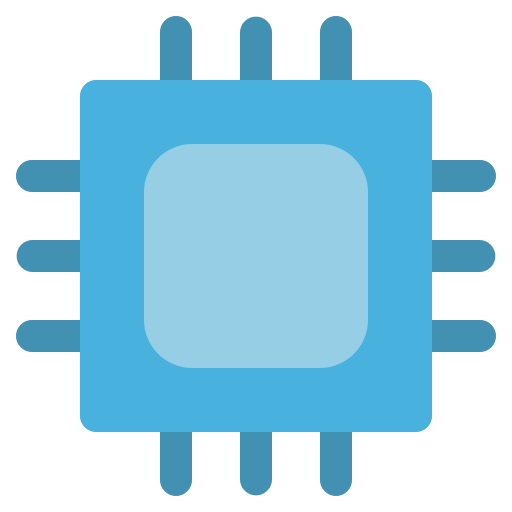
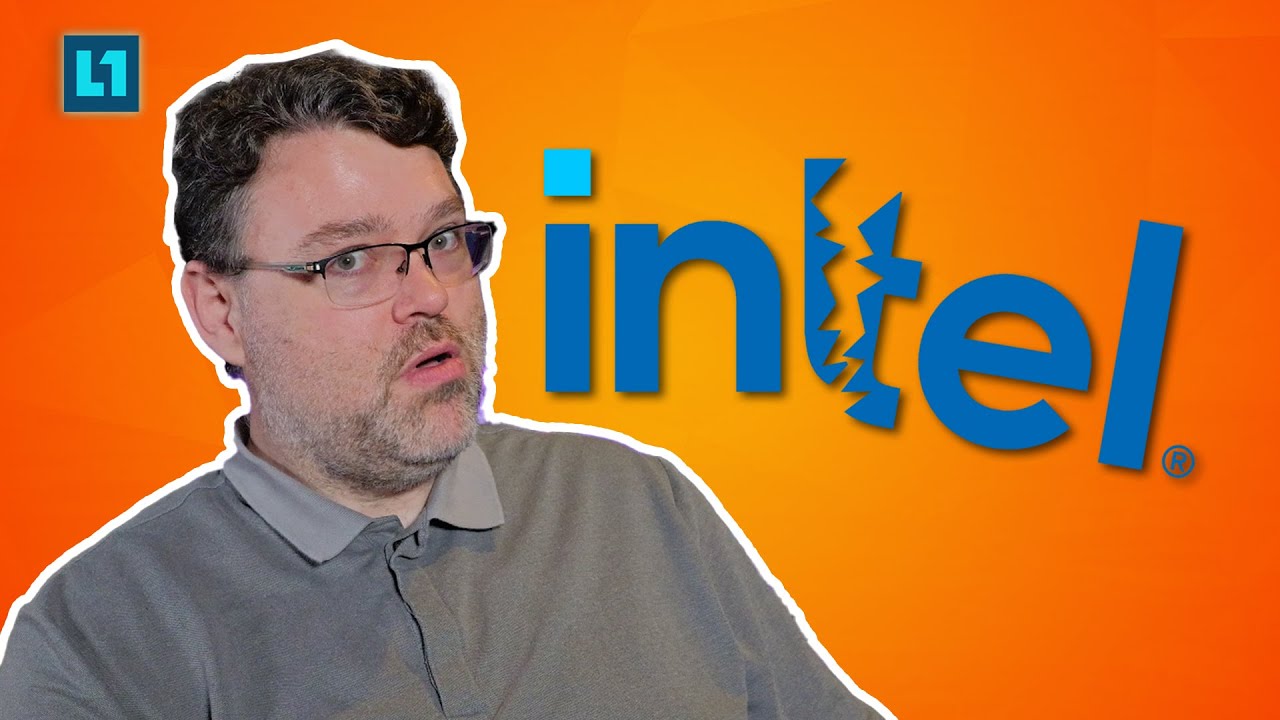



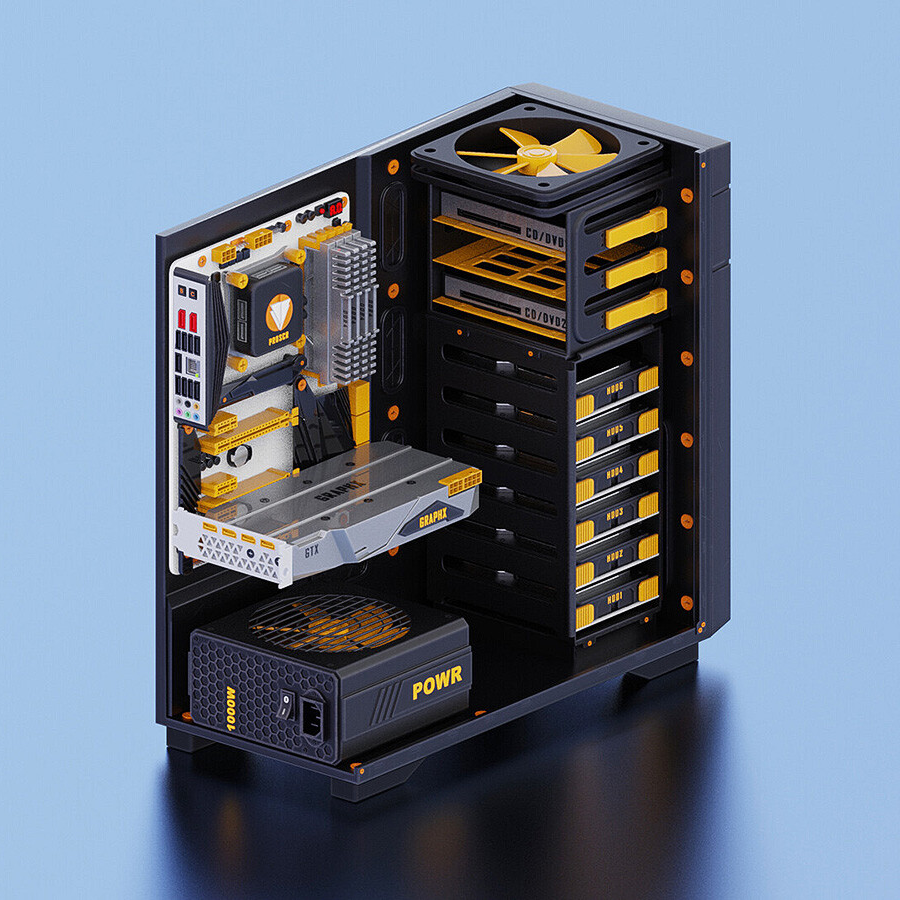

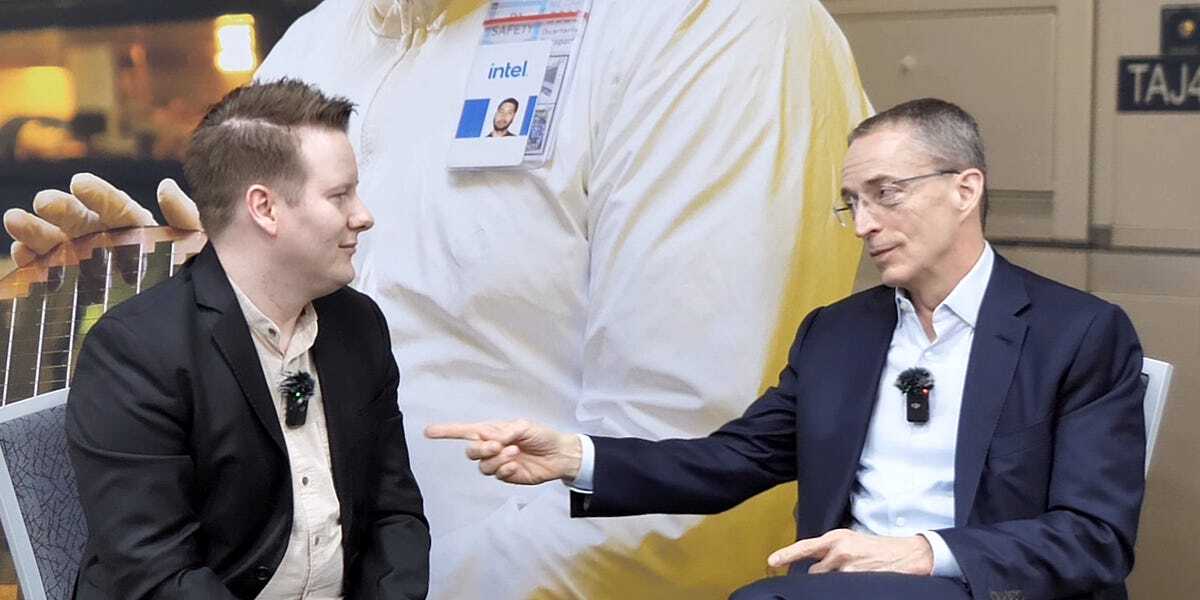

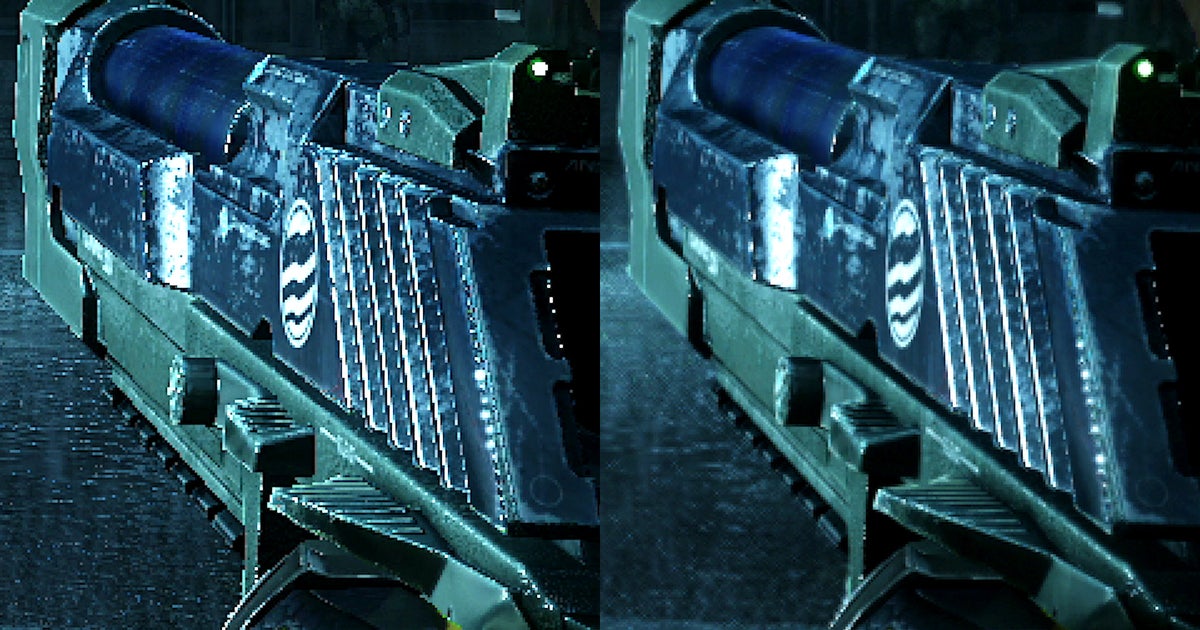




What troubleshooting steps did you take so far? I would try these:
memtestercan detect obvious errorsAlso the logs show a very old nvidia gpu which is not supported by the new driver. I don’t know if this can cause crashes, haven’t used one in ages, maybe someone else has more insight.